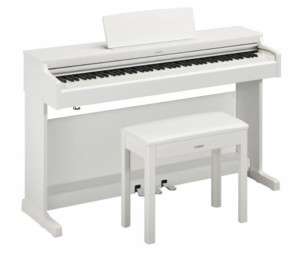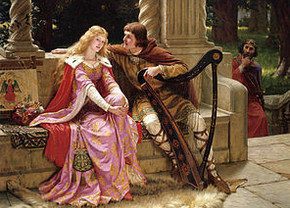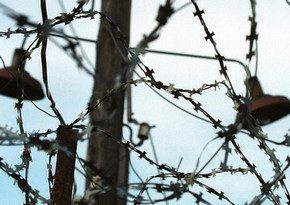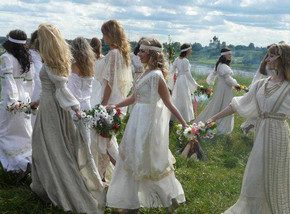
Types of folk dances: colorful dances of the world
 Dance is the oldest art of transformation. Types of folk dances reflect the culture and way of life of a nation. Today, with its help, you can feel like passionate Spaniards or fiery Lezgins, and feel the lightness of the Irish jig or the joy of unity in the Greek sirtaki, and learn the philosophy of Japanese dance with fans. All nations consider their dances the most beautiful.
Dance is the oldest art of transformation. Types of folk dances reflect the culture and way of life of a nation. Today, with its help, you can feel like passionate Spaniards or fiery Lezgins, and feel the lightness of the Irish jig or the joy of unity in the Greek sirtaki, and learn the philosophy of Japanese dance with fans. All nations consider their dances the most beautiful.
Sirtaki
This dance does not have a centuries-old history, although it contains some elements of Greek folk dances. In particular – syrtos and pidichtos. The action begins slowly, like syrtos, then speeds up, becoming lively and energetic, like pidichtos. There can be from several people to “infinity” of participants. The dancers, holding hands or placing their hands on the shoulders of neighbors (right and left), move smoothly. At this time, passers-by also get involved if the dance happened spontaneously on the street.
Gradually, relaxed and “sun-weary,” the Greeks, as if shaking off the veil of southern bliss, move on to sharp and fast movements, sometimes including jerks and jumps, which is not expected from them.
************************************************** **********************
Irish dance
It can safely be classified as a type of folk dance, the history of which began in the 11th century. Lines of participants, with their arms down, beat out a strong, characteristic beat with their feet in hard high-heeled shoes. Waving your arms was considered dissolute by Catholic priests, so they stopped using arms altogether in dance. But the legs, almost without touching the floor, more than made up for this gap.
************************************************** **********************
Jewish dance
Seven Forty is a song that was written based on the old tune of station street musicians at the end of the 19th century. A type of folk dance called freylekhsa is danced to it. The playful and fast-paced dance embodies the spirit of the 20-30s of the 20th century. The repatriates discovered a great vitality within themselves, which they expressed in a collective dance.
Participants, performing certain movements, holding the armholes of the vest, move forward, backward or in a circle with a peculiar gait. Not a single celebration is complete without this fiery dance, expressing the joy of the Jewish people.
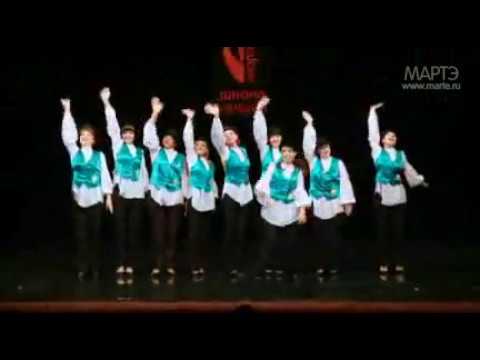

Watch this video on YouTube
************************************************** **********************
Gypsy dance
The most beautiful dances, or rather skirts, of the gypsies. The prerequisites for the “gypsy girl” were interpretations of the dances of the surrounding people. The original goal of gypsy dance is to make money on the streets and squares according to the principle: who pays (which people), so we dance (we include local elements).
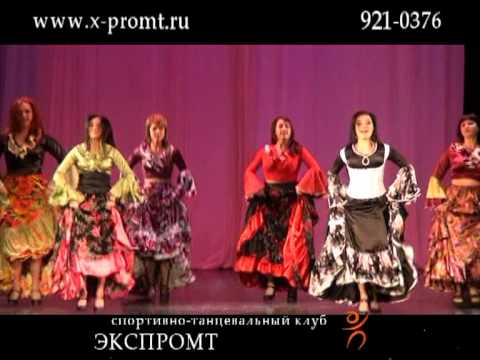

Watch this video on YouTube
************************************************** **********************
Lezginka
Classical Lezginka is a pair dance, where a temperamental, strong and dexterous young man, personifying an eagle, wins the favor of a smooth and graceful girl. This is especially clearly expressed when he stands on tiptoes, moves around her, proudly raising his head and spreading his “wings” (arms), as if he is about to take off.
Lezginka, like all types of folk dances, has many variations. For example, it can be performed collectively by men and women or only by men alone. In the latter case, this catchy dance talks about the courage of Caucasians, especially in the presence of such an attribute as a dagger.


Watch this video on YouTube
************************************************** **********************



